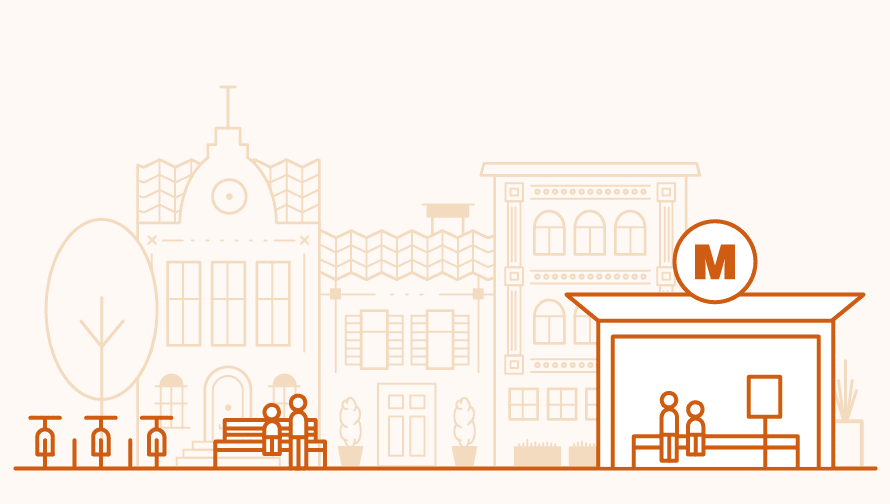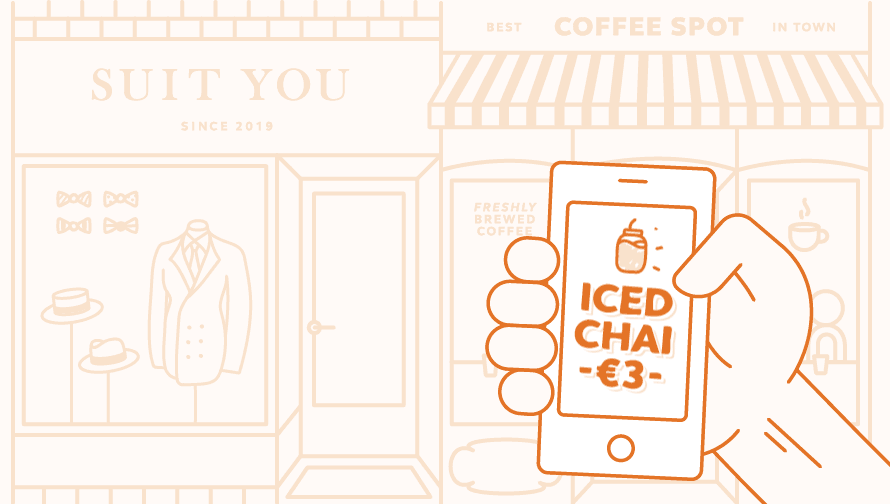Food and dining experiences are quickly becoming the gluten that holds retail together and that will be doubly so for the shopping centre of the future. Up-and-coming shopping centres are swiftly moving away from food courts or even deconstructed food courts to a flexible food model. Food as entertainment, from festivals and chef demonstrations to cooking classes and farmers’ markets, are rapidly becoming big draws for shoppers across Europe, with the ratio of food service to retail and other amenities expected to top 20% over the next ten years.






